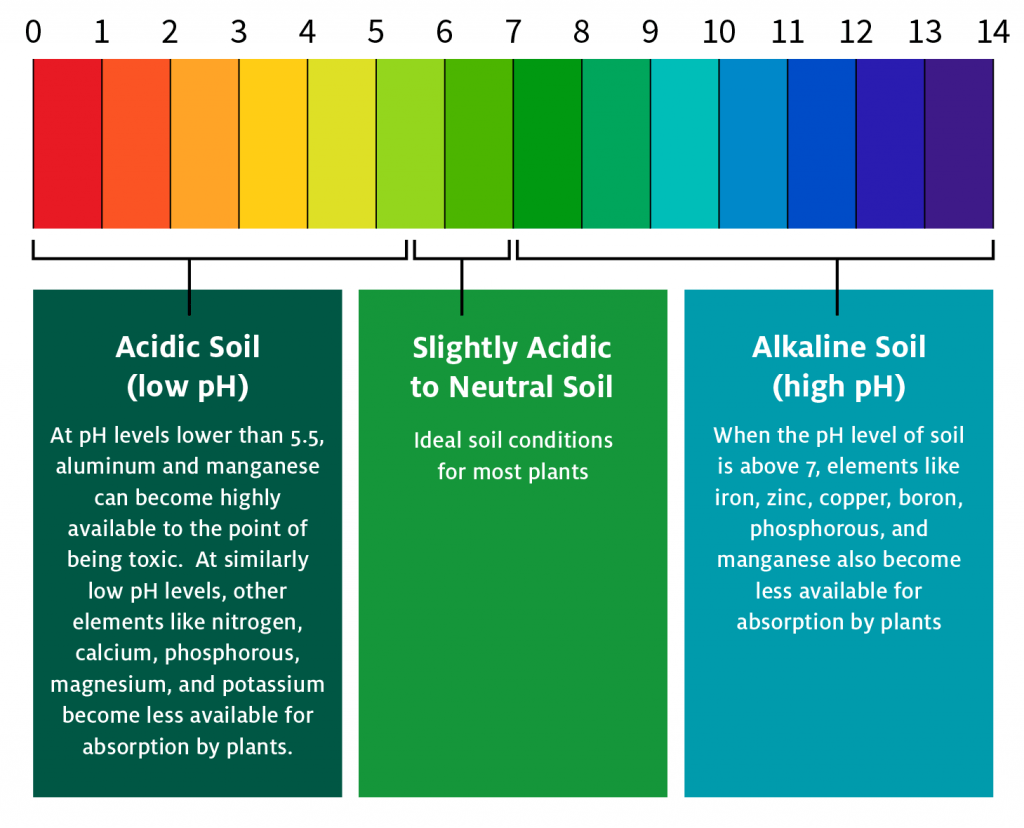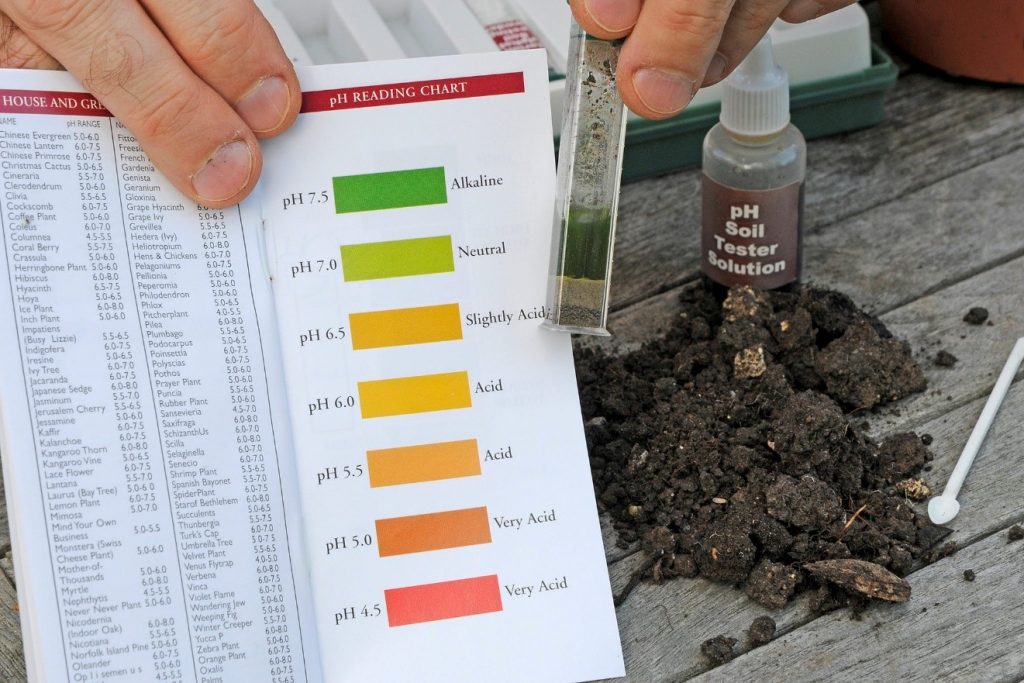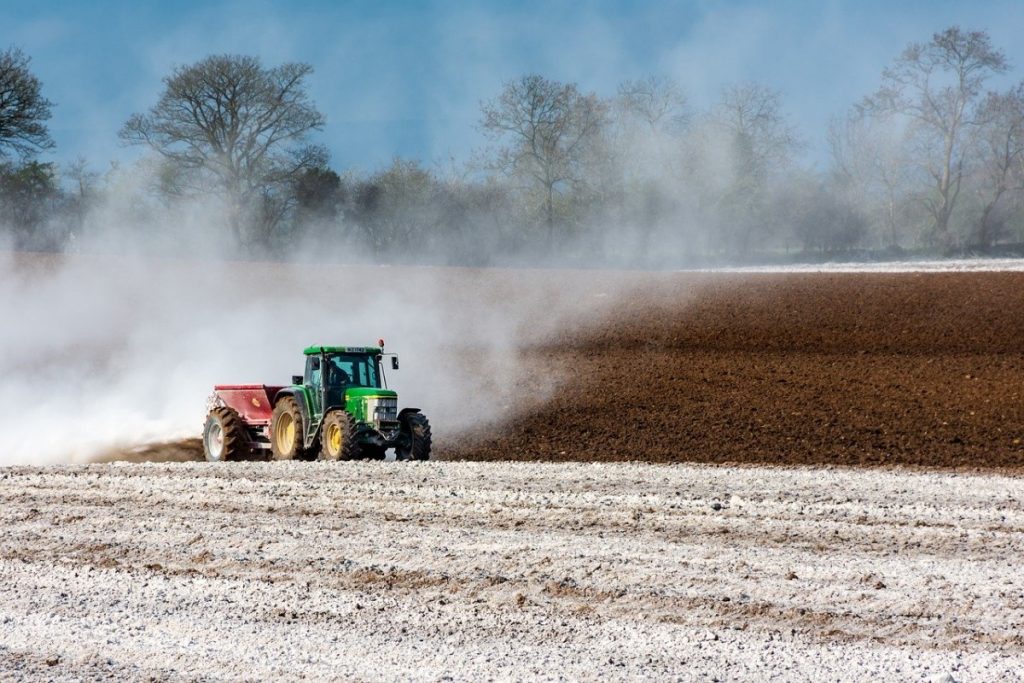By Wendy Madzura, Head of Agronomy, Seed Co
Cropping season 2024 here we come…
The soil is the main medium where crops grow. It is made up of very small rock particles, organic matter, micro-organisms, air and water, and the proportions of these and many other related factors have an impact on the potential for crop production, which impacts on increasing crop productivity in an environmentally sustainable way.
Soil conditions that favour crop growth include:
- Fertility (slightly acidic to neutral soils)
- Depth and drainage (Deeper & well drained)
- Texture and Structure (Amount of clay in a soil, structure)
There exist adverse chemical conditions in the soil that affect crop production include:
A. SOIL pH
Soil pH is the measure of the acidity or alkalinity of the soil. The degree of acidity or alkalinity is determined by measuring the concentration of the hydrogen ions in the soil solution. This is expressed in terms of a scale with a range of 0 to 14. A soil with a pH of 7 is considered neutral while less than 6 is considered acid and a soil with pH greater than 7 is considered alkaline.
Soil pH is an excellent chemical indicator of soil condition (quality and its ability to avail nutrients (both macro and micro)) to the crop on top of other soil structural quality properties. Most soils in Zimbabwe are acidic with varying degrees of the acidity from slightly acidic which is preferred for crop production to very acidic which is toxic to crop production and affects the uptake of nutrients by the crop.

What are Acid Soils?
These are soils with a pH measure of less than 7 on a Calcium Chloride Scale in Zimbabwe. These soils contain high levels of active hydrogen and or aluminium in relation to calcium and magnesium levels. Farmers can improve the soil quality of acid soils by liming to adjust pH to the levels needed by the crop to be grown.
A good liming program is based on soil test that determines the degree of soil acidity and the correct amount of a liming material needed to neutralise that acidity. Once this amount is determined, a liming material must be selected that will economically satisfy the soil test recommendation and result in maximum and efficient crop productivity levels.
What are the causes of soil acidity?
There are basically three causes of soil acidity:
- Harvested crops removing bases such calcium and magnesium from the soil. This is a normal and natural process. Different crops remove different amounts of Calcium and Magnesium from the soil.
- Rainfall – whereby water passing through the soil leaches basic nutrients such as Calcium and Magnesium beyond the root zone into drainage water replacing them with acidic elements such as Hydrogen, Manganese and Aluminium and thereby acidifying the soil.
- Nitrogen fertilisers e.g. Ammonium Nitrate or Urea and to a lesser extend though basal fertilisers, contribute to soil acidity by nitrification of ammonium to nitrate a process which releases hydrogen ions. Organic matter breaks down naturally in soil and hydrogen ions are released, which causes an increase in soil acidity. Plants release hydrogen ions to the soil which contributes to the soil acidity.
Why does soil acidity matter to crop productivity?
- Toxicity to crop: as the pH decreases below 5.5, the availability of aluminium and manganese increase and may reach a point of toxicity to the plant. Excess Aluminium ions in the soil solution interferes with root growth and function, as well as restricting plant uptake of certain nutrients.
- Effect on phosphorus availability: acid soils cause Phosphorus to form insoluble compounds with aluminium and iron. Liming of soils with low pH dissolves these insoluble compounds and allows Phosphorus to be more available for plant uptake.
- Micro-nutrient availability: acidic soils affect the availability of micro-nutrients in the soil and affects general crop development and productivity ultimately
- Soil organisms: some micro-organisms e.g. important bacteria and fungi in the soil associated with nitrification require a certain soil pH level to function efficiently. In other words, the beneficial microorganisms do not function efficiently in acidic soils (low pH).
- Soil physical condition: liming improve soil physical structure by reducing soil crusting/capping and this promotes better emergence of small-seeded crops and ultimately result in better crop stands. Remember population stand is key in attaining higher yields generally in all crops.
Soil Sampling and Analysis

Soil pH testing using a soil pH test kit.
Most fertiliser houses do sampling free of charge or a paltry sum. Other approved laboratories include the Department of Specialist Services-Soil Chemistry laboratories. Other options include Soil Testing Laboratory at the University of Zimbabwe ‘s Soil Science Department; Tobacco Research Board, AgLabs etc. Always prescribe the intended tests before submission. Farmers are recommended to do a full analysis (pH and soil nutrient profiling). The soil analysis results normally come with recommendations.one can seek technical guidance in the interpretation of results from Agritex extension personnel in their respective holding areas. One of the recommendations maybe liming.

B. LIMING
Liming is the application of calcium- (Ca) and magnesium (Mg)-rich materials in various forms, including marl, chalk, limestone, burnt lime or hydrated lime to soil. In acid soils, these materials react as a base and neutralize soil acidity.
When is it the right time to lime?
Lime should be ideally applied at least 3 to 6 months before crop establishment since it takes a significant amount of time for lime to dissolve and react with the soil to cause the desired adjustments in pH. In other words, a week after harvesting is the best time to apply lime. However, farmers should note that, application of lime can still be done even during crop establishment and the lime can act as a ‘buffer’ which acts as a conduit for nutrient uptake from soil to crop through the roots and adjust the pH during the later stages of the crop cycle. Frequency of subsequent liming should be determined by soil tests.
Lime placement and incorporation
The most important factor determining the effectiveness of lime is placement and incorporation. Placement for maximum contact with the soil into the root zone of the intended crop/tillage layer is essential and must be achieved. We generally recommend lime to be applied in the 15-25cm zone as this is a root zone range of most food crops grown in Zimbabwe e.g. the staple crop-maize. For maximum effectiveness, lime should be uniformly spread and incorporated into and with the soil. Incorporation can be achieved through discing or harrowing followed concurrently by a roller. In Zimbabwe liming agents are in powdery formulations to increase surface area for quicker reaction with the soils.

Lime can be spread by hand or by lime spreaders-which normally gives the best results. Hand application is normally not recommended when the weather is windy. However, I have seen some smallholder farmers mixing lime with a basal fertiliser before application and giving commendable results. However, my only concern with this method is on the timing of lime applications (basal fertilisers are normally applied during planting and yet we recommend lime to be applied 3-6 months before crop establishment). But still act as a buffer.
What amounts of lime can one apply?
Farmers are recommended to follow recommendations on the soil analysis results with regards to amounts and type of lime to be applied. The amount is depended on the acidity levels of the soil and differs from one soil type to another.
Liming agents available in Zimbabwe?
It is important to sample your soils for analysis to determine pH and also the liming agent to be used. Farmers are strongly discouraged to blindly apply lime without qualification of the liming agent from soil analysis results. This can result in some detrimental effects to the soil and crop productivity such as preferential uptake. Preferential uptake is when a certain nutrient is taken up at the expense of the other or a balanced uptake due to concentration differences. A good example is when Calcitic lime is applied (blindly) instead of Dolomitic lime- this will cause an increased uptake of Calcium at the expense of a balanced uptake with other elements e.g. Magnesium, and therefore a crop will show magnesium deficiencies-yield will be affected.
In Zimbabwe we basically have two types of liming agents i.e. Dolomitic Lime (Magnesium Carbonate) which is ideal for adjusting pH in magnesium deficient soils. The other agent available in Zimbabwe is Calcitic Lime (Calcium Carbonate) which is suited for adjusting pH in calcium deficient soils. There is no blanket recommendation for a liming agent and hence this should be noted.
Is Lime the Same as Gypsum?
This is a frequently asked comparison. Lime (Calcium Carbonate/ Magnesium Carbonate) adjust soil pH and at the same time supply the soil with either Calcium or Magnesium and Carbon, depending on the liming agent used. Lime ‘sweetens’ acidic soils. On the other hand, Gypsum (Calcium Sulphate) is a supplementary source of Calcium and Sulphur which farmers apply whenever there is deficiency of these 2 elements in the soil. It should be noted that Gypsum does not adjust soil pH but rather supplement the soil with Calcium and Sulphur. Gypsum also improves soils physical structure i.e. removes hard setting clodiness, removes surface crusting/capping and improves soil workability.

Effective soil sampling and soil sampling and soil conditioning is one of the cornerstones for effective crop production, however farmers should couple soil conditioning with effective nutrient management as stated by Liebig’s law of the minimum “growth is dictated not by total resources available, but by the scarcest resource”.

